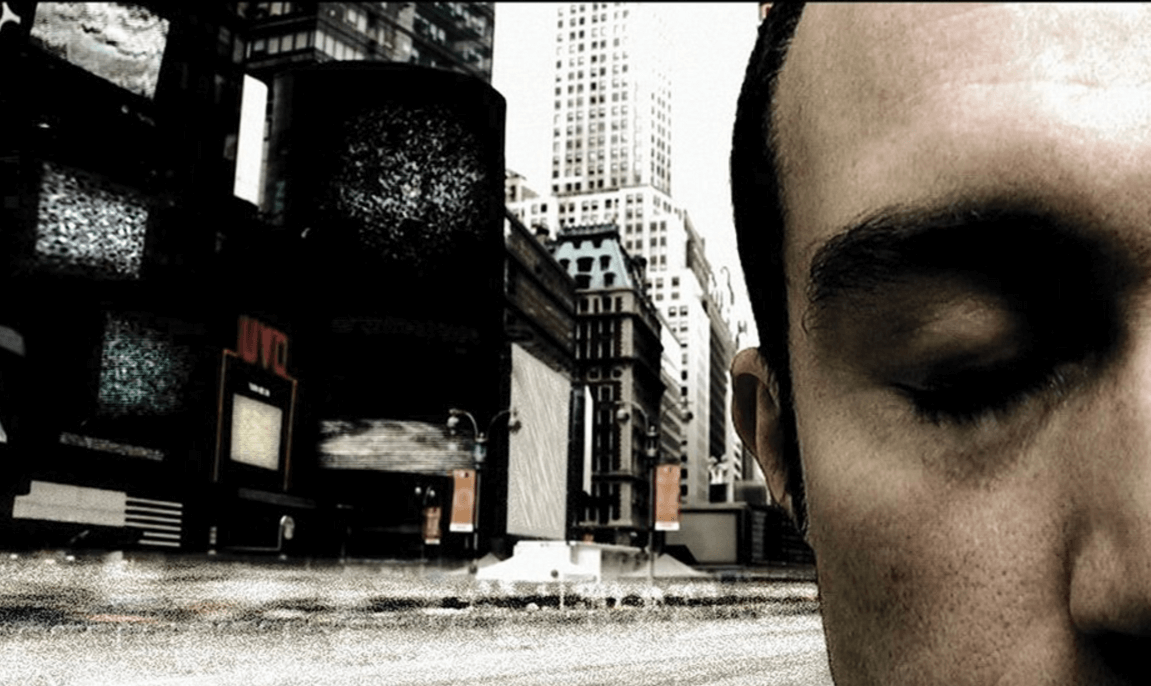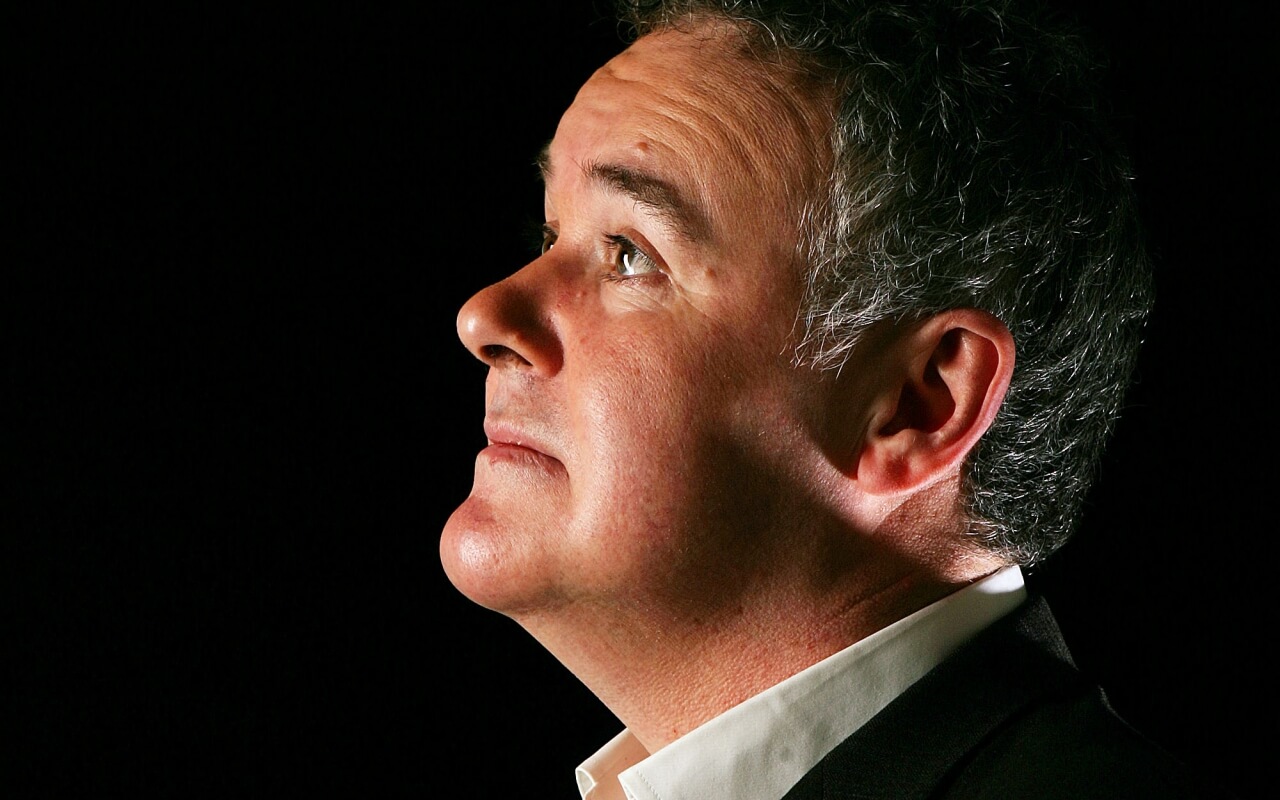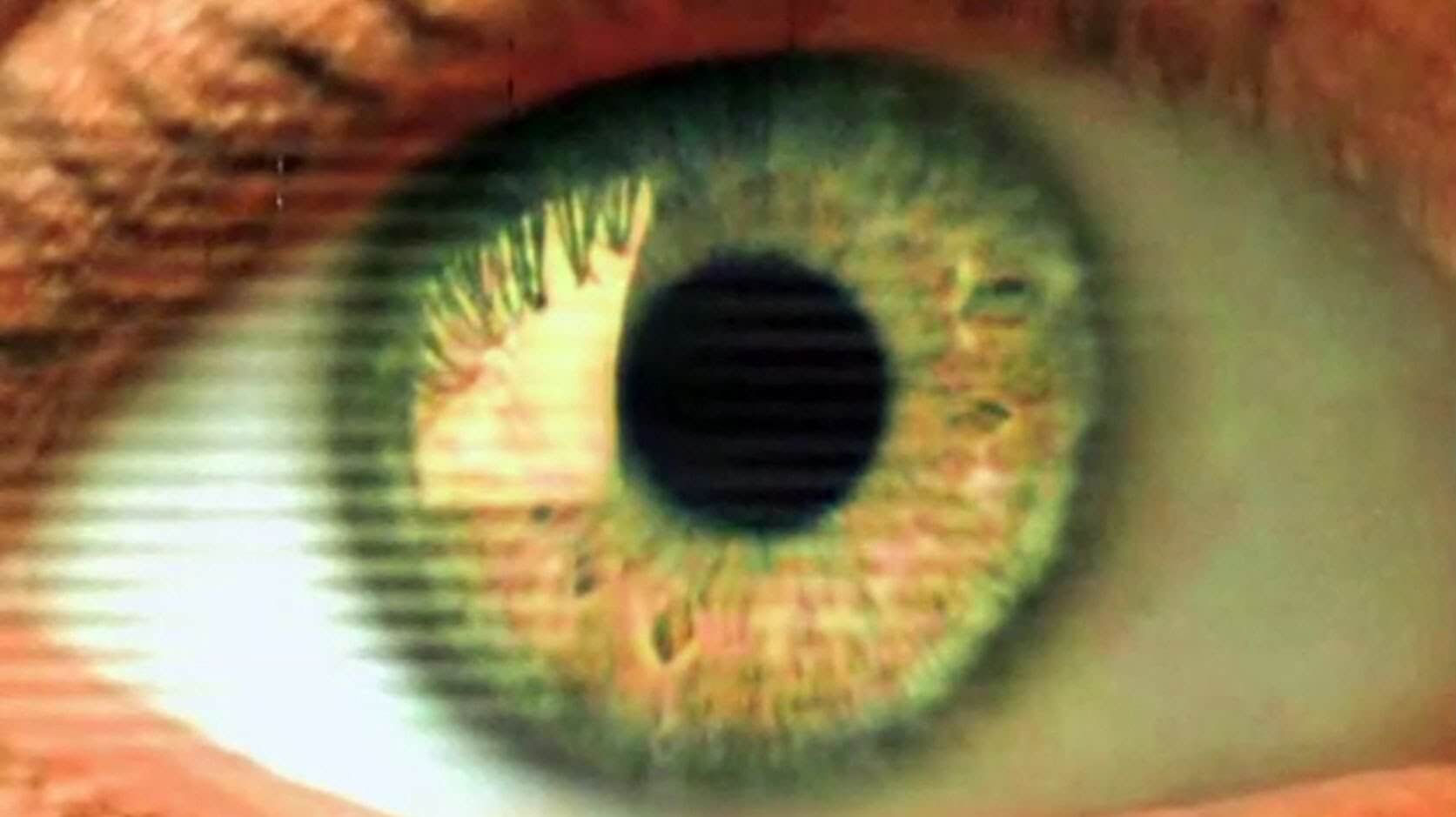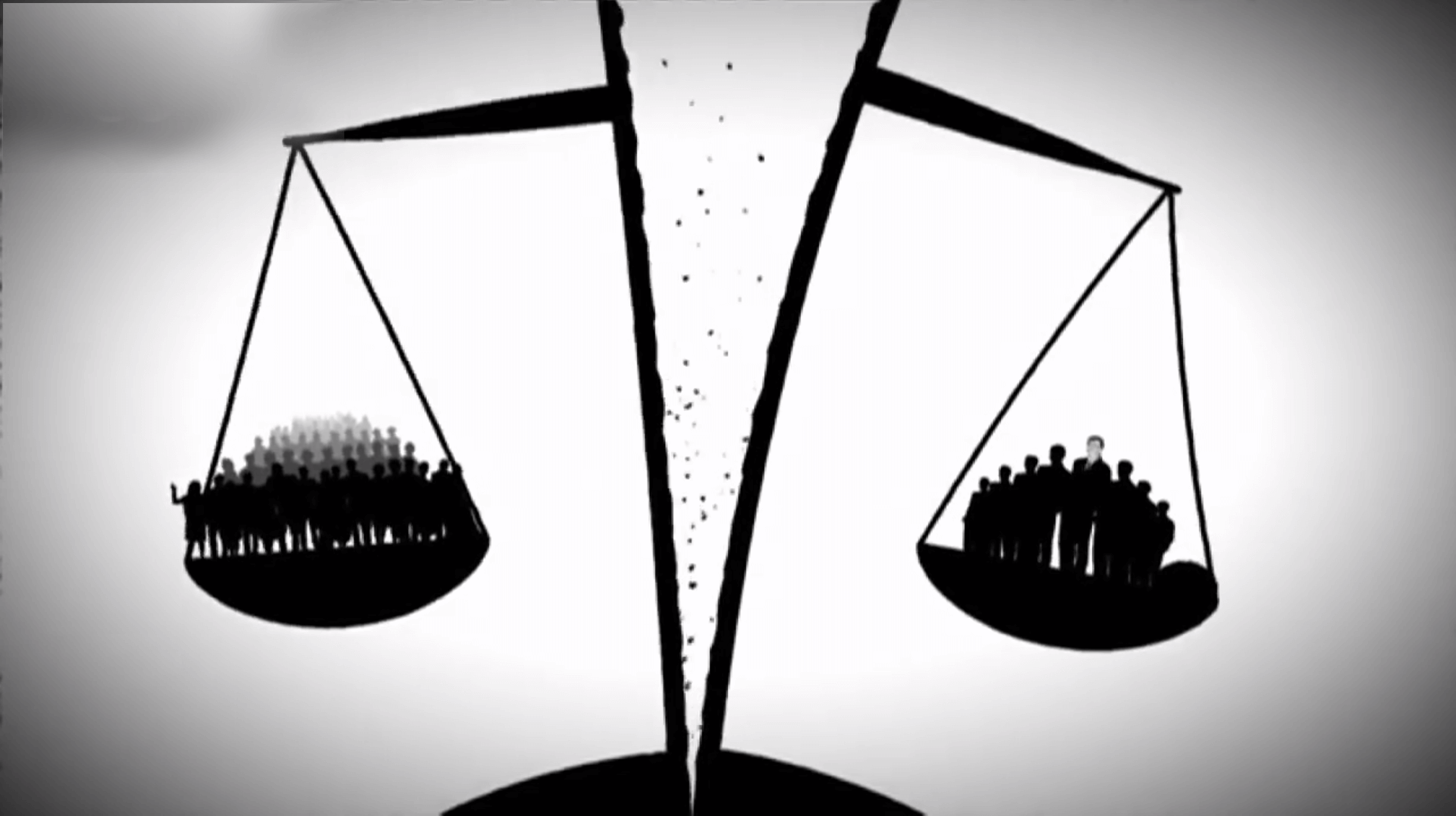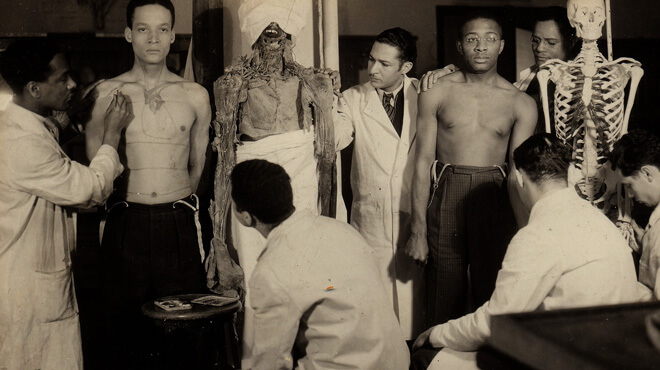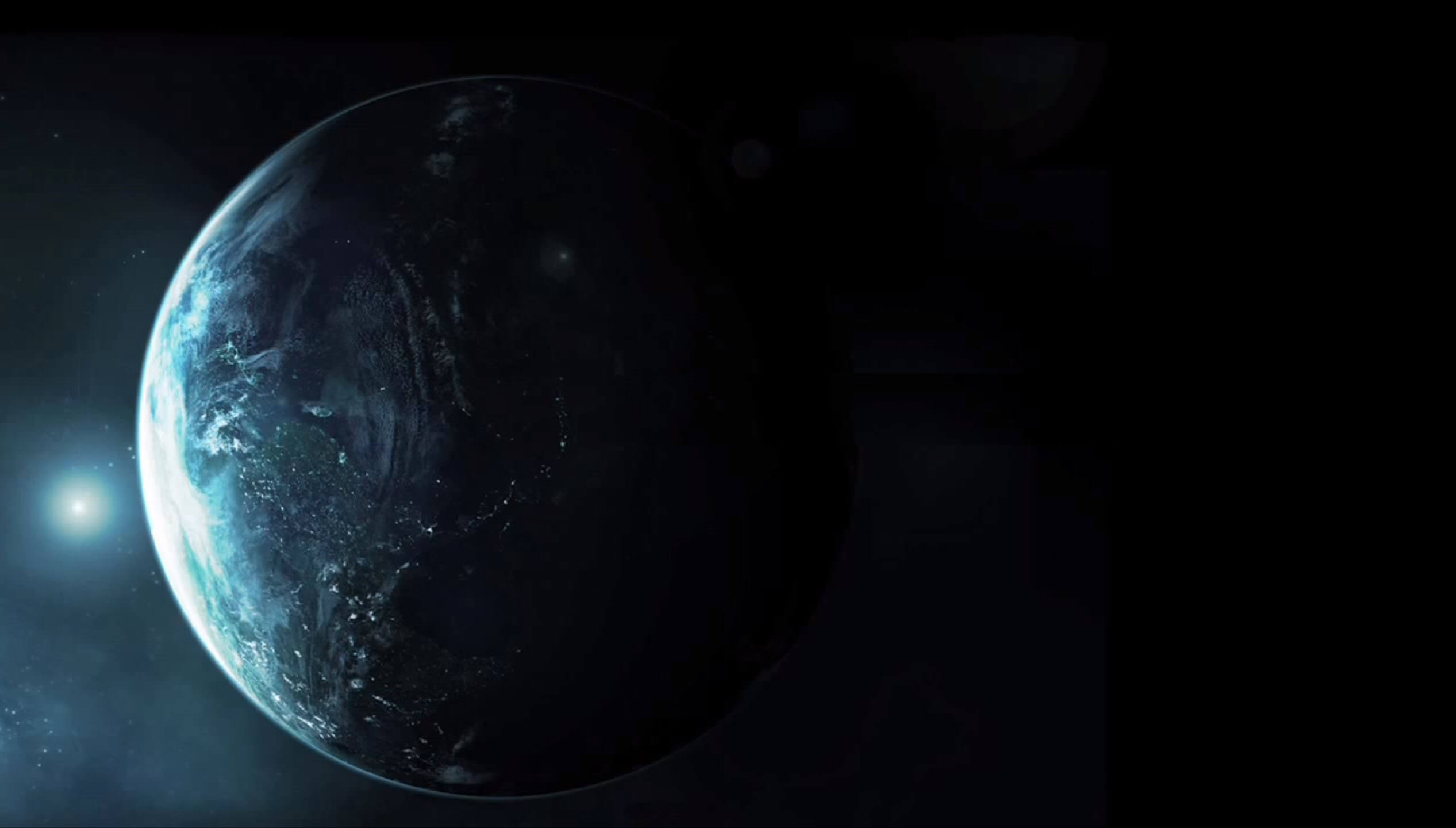description:
The film is arranged into four successive parts. Within each part is an amalgam of interviews, narration and animated sequences.
Section I: Human Nature – The film begins with a brief animated sequence narrated by Jacque Fresco. He describes his adolescent life and his discontinuation of public education at the age of 14 to study under his own will. He continues to express that his radical views developed as a result of experiences during the Great Depression and World War II. Studying the social sciences, mechanical and social engineering, architecture among numerous other fields of study for 75 years have, Fresco states, failed to alter this initial, radical, disposition, which he continues to outline in greater detail later in the film.
The discussion turns to human behavior and the nature vs. nurture debate. This portion begins with a small clip with Robert Sapolsky summing up the nature vs. nurture debate in which he essentially refers to it as a “false dichotomy.” After which he states that “it is virtually impossible to understand how biology works, outside the context of environment.” During which time the film then goes onto describe that it is neither Nature nor Nurture that shapes human behavior but both are supposed to influence behavior. The interviewed pundits state that even with genetic predispositions to diseases, the expression and manifestation of disease is largely determined by environmental stressors, including topics such as epigenetics and Gene–environment interactions. Disease, criminal activity and addictions are also placed in the same light. One study discussed showed that newly born babies are more likely to die if they are not touched. Another study which was mentioned claimed to show how stressed women were more likely to have children with addiction disorders. A reference is made to the unborn children who were in utero during the Dutch famine of 1944. The “Dutch Famine Birth Cohort Study” is mentioned to have shown that obesity and other health complications became common problems later in life, due to prolonged starvation of their mother during pregnancy.[3] Comparisons are made by sociologists of criminals in different parts of the world and how different cultures with different values can often have more peaceful inhabitants. An Anabaptist sect called the Hutterites are mentioned to have never reported a homicide in any of their societies. The overall conclusion of Part I is that social environment and cultural conditioning play a large part in shaping human behavior.
Section II: Social Pathology – The origins of our modern economic paradigm are explored, beginning with John Locke and Adam Smith. In Two Treatises of Government, John Locke lays out the fundamental principles of private ownership of land, labor and capital. In The Wealth of Nations, Adam Smith mentions the invisible hand balancing out supply and demand leading to trade equilibrium. The argument becomes religious as the invisible hand is interpreted as the hand of God. A critical view of economic theory is made by questioning the need for private property, money and the inherent inequality between agents in the system. Also seen critically is the need for cyclical consumption in order to maintain market share which results in wasted resources. Planned obsolescence is shown to be another important side-effect of the market system, where goods are deliberately made defective or not having sufficient technology in order to maintain a large turnover rate. The economic paradigm is then termed anti-economy due to these profligate activities. The above described process of individuals and groups exchanging goods, labor and capital is mentioned as the market economy.
The other component is the monetary economy. The monetary system regulates the money supply and interest rates by buying/selling treasuries. More critical views of the monetary system are explained. According to Zeitgeist, in the final analysis the current monetary system can only result in default or hyperinflation. This is because when money comes into existence it is created by loans at interest. The existing money supply is only the principal. The interest to pay the loan that created the money does not exist in the money supply and must be borrowed repetitively in order to service the debt. Due to this exponential money supply growth, Zeitgeist predicts the value of money is eventually destroyed as evidenced by the 96% devaluation of the U.S. money supply since the Federal Reserve was chartered in 1914 and 80% devaluation since the U.S. ended the Bretton Woods agreement in 1971.
Section III: Project Earth – As with Zeitgeist: Addendum, to improve the human condition the film presents a “resource-based economy” as advocated by Jacque Fresco. The dialogue leads to a train of thought on how human civilization should start from the beginning. Imagine an exact copy of Earth somewhere in space: conduct a survey of the planet, to assess the resource types, locations, quantities, to satisfy human demands; track the consumption and depletion of resources to regulate human demands and maintain the condition of the environment; localize the distribution of resources, to control environmental impacts and maintain self-sufficiency; place an emphasis on recycling and the use of public transportation, in order to avoid resource waste. Through the global application of existing revolutionary technologies in the manufacturing and distribution sectors, labor and money will eventually become obsolete; thereby establishing the foundation of a resource-based economy. Various technologies for improving civilization under the resource-based economy are described. The city structure will consist of concentric rings, every ring serving one critical function necessary for the function of a self-sufficient city: agriculture, energy production, residents, hospitals, schools, etc. For agriculture, hydroponics and aeroponics are mentioned as a possible solutions for food shortages. Maglev trains provide transport for the city residents. Manufacturing and construction become automated with mechanized technologies, such as three-dimensional printing and computer-aided manufacturing. Mentioned energy production methods: photovoltaic paint, wind turbines, pressure transducers and geothermal power plants.
Section IV: Rise – The world state of affairs is described in a dire light. The peak oil phenomenon is seen as a threat to civilization’s progress, potentially resulting in extinction. A case is presented that pollution, deforestation, climate change, overpopulation, and warfare are all created and perpetuated by the socioeconomic system. Various poverty statistics are shown that suggest a progressive worsening of world culture. According to the United Nations, currently 18,000 children a day die from starvation. Also according to the UN, global poverty rates have doubled since the 1970s.
The movie closes with a standoff between protesters on the streets of Times Square in New York City facing off against police in riot gear while in the midst of global economic depression. People withdraw trillions of dollars from the world’s central banks, then dump the money at the doors of the banks. The police stand down. The final scene of the film shows a partial view of earth from space, followed by a sequence of superimposed statements; “This is your world”, “This is our world”, and “The revolution is now”.

